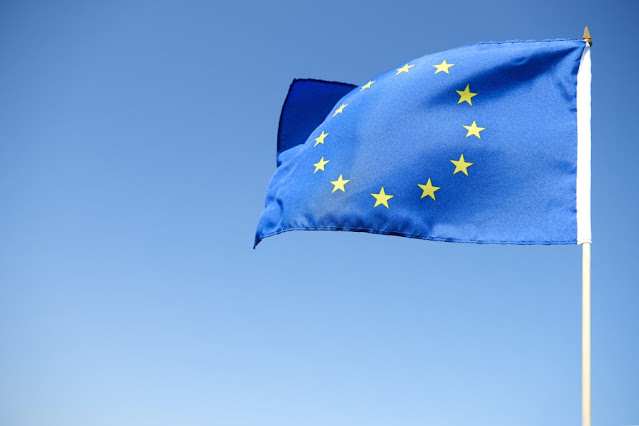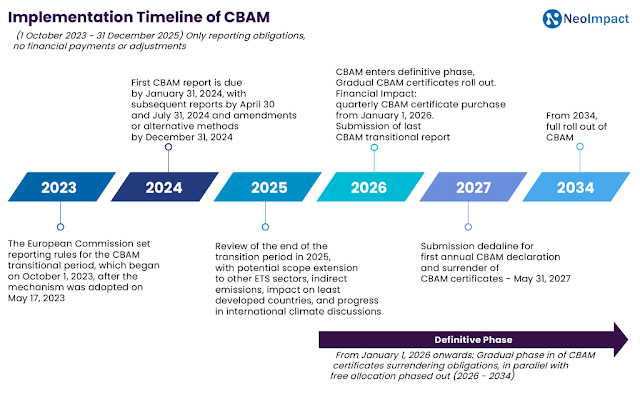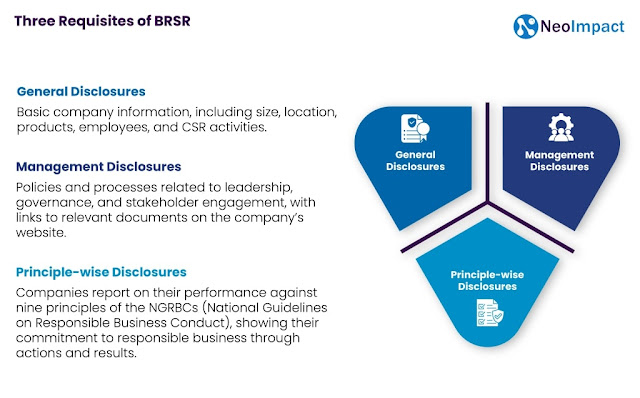What the EU’s Omnibus Proposal Tells Us About the Future of ESG Compliance

The European Commission’s recent Omnibus Proposal , introduced in October 2023, aims to cut through the noise and bring much-needed clarity to the EU’s sustainability reporting landscape. By aligning rules across multiple legislations, the proposal marks a significant step toward a streamlined, more coherent ESG reporting environment for businesses operating in or trading with the EU. Why the Proposal Was Needed Over the past few years, EU businesses have faced a growing web of overlapping ESG-related regulations — from the Corporate Sustainability Reporting Directive (CSRD) to the Sustainable Finance Disclosure Regulation (SFDR) and the EU Taxonomy. While each of these frameworks serves a specific purpose, inconsistencies in definitions, reporting timelines, and data expectations have made compliance burdensome, particularly for small and mid-sized firms. The Omnibus Proposal is a response to these challenges. Rather than introducing entirely new rules, it seeks to: Clarify existing o...


